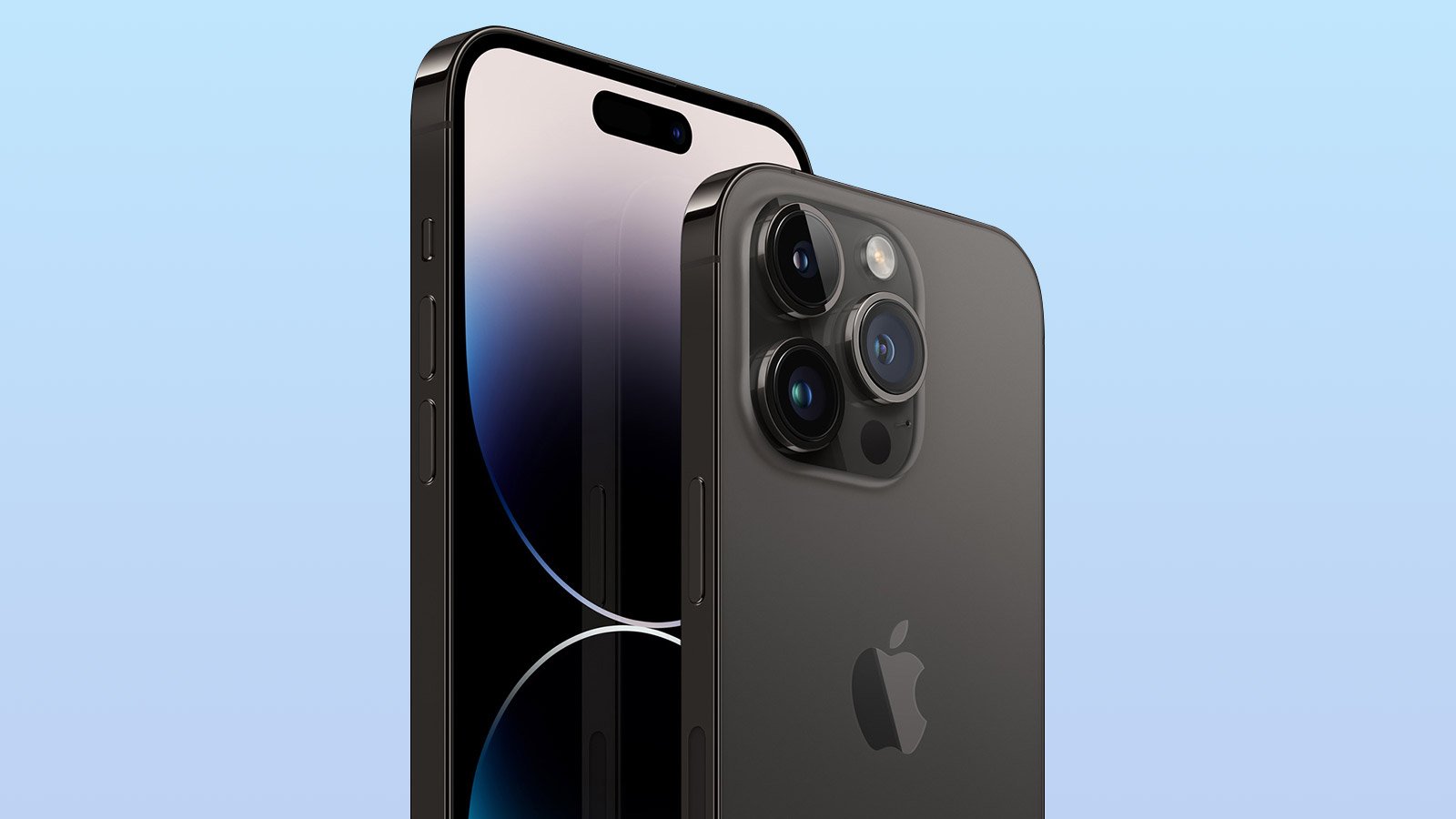
Bad news, folks: despite multiple sources previously claiming that the iPhone 15 Pro will arrive bearing solid-state (i.e. non-physical) volume buttons, two seasoned Apple analysts have since counterclaimed that Apple’s next flagship handset will instead stick with traditional button designs.
The news was broken by Haitong Tech analyst Jeff Pu and later corroborated by reliable tipster Ming-Chi Kuo; with the pair claiming that Apple has decided to delay the introduction of solid-state volume buttons until next year’s crop of new iPhones.
According to Pu, Apple needs more time to develop the haptic engines required to power these new buttons, with Kuo adding that their removal from the company’s Pro-level iPhone 15 “will simplify the development and testing process.”
Two iPhone 15 Pro models’ removal of solid-state button design negatively affects Cirrus Logic and AAC / 兩款iPhone 15 Pro取消固態按鍵設計不利Cirrus Logic與瑞聲科技https://t.co/Ot81sCQzgkApril 12, 2023
Suffice to say, this is a disappointing revelation. We were hoping to see capacitive volume and power buttons – those which use vibrations to simulate the sensation of being pressed despite not actually moving (think the iPhone 7’s haptic Home button) – introduced on the iPhone 15 Pro and much-rumored iPhone 15 Ultra, but it now seems as though both devices will instead stick with the conventional button designs sported by today’s best iPhones.
Given the technical intricacy of capacitive buttons, though, Apple’s supposed decision to kick the can down the road is understandable.
On top of the haptic engines cited by Pu, another leaker had previously claimed that a dedicated microprocessor would support the iPhone 15 Pro’s solid-state buttons, rendering them capable of detecting touches even when the device is switched off. The microprocessor in question was purported to replace the Super Low Energy Mode currently used in the iPhone 14 Pro, which allows apps like Find My and Apple Pay to function with next to no power.
In other words: solid-state power buttons are complex beasts, but we’ll hopefully see them introduced in 2024, with the iPhone 16 line, if not this year’s iPhone 15 range.
Sign up for breaking news, reviews, opinion, top tech deals, and more.
iPhone 15 Pro: what else we expect

As a consequence of Apple’s supposed U-turn on solid-state power buttons, we’re now a touch less confident about the accuracy of other iPhone 15 Pro feature rumors, but there are a handful that seem a formality at this point.
For instance, we’re almost certain that a chip upgrade – likely in the form of an A17 Bionic – will be made exclusive to Apple’s most expensive iPhones, with recent leaks hinting that this processor could make the iPhone 15 Pro as fast as an M1 MacBook. The iPhone 15 and iPhone 15 Plus, by contrast, are expected to inherit last year’s A16 Bionic.
The presence of a USB-C port on the iPhone 15 Pro now seems a given, too. The EU has told Apple that it needs to add USB-C charging ports to iPhones from 2024 onwards, but a newly leaked dummy model – combined with previous leaked photos showing an iPhone 15 Pro with a USB-C port – suggests the company will be making the switch in 2023 with its next crop of iPhones.
We’ll be staying abreast of all the latest iPhone 15 news, rumors and leaks as we approach the line’s presumed September announcement, so stay tuned to TechRadar for the details.

Axel is TechRadar's Phones Editor, reporting on everything from the latest Apple developments to newest AI breakthroughs as part of the site's Mobile Computing vertical. Having previously written for publications including Esquire and FourFourTwo, Axel is well-versed in the applications of technology beyond the desktop, and his coverage extends from general reporting and analysis to in-depth interviews and opinion.
Axel studied for a degree in English Literature at the University of Warwick before joining TechRadar in 2020, where he earned an NCTJ qualification as part of the company’s inaugural digital training scheme.